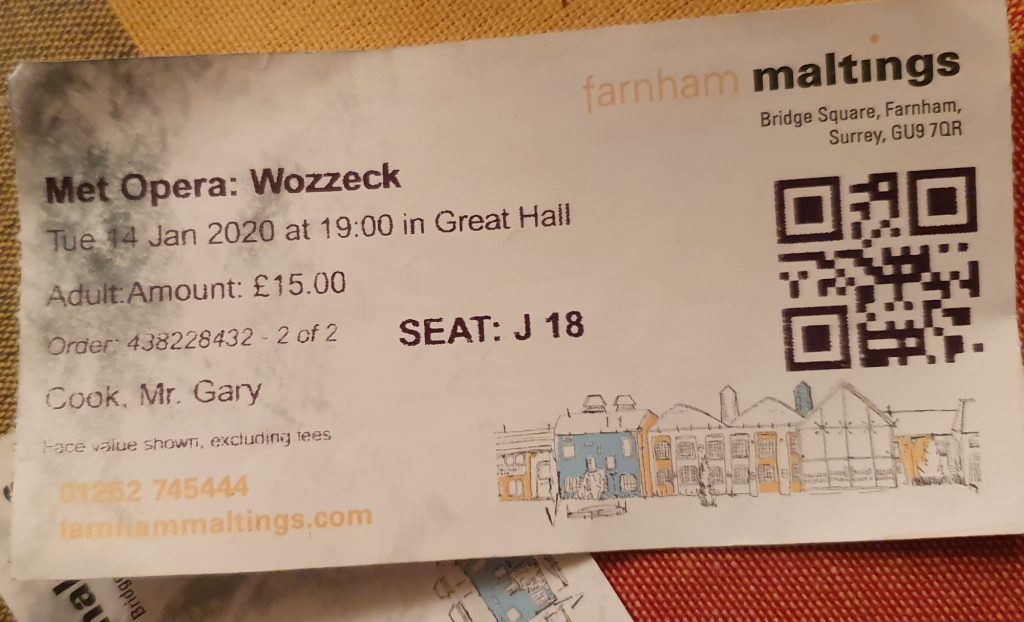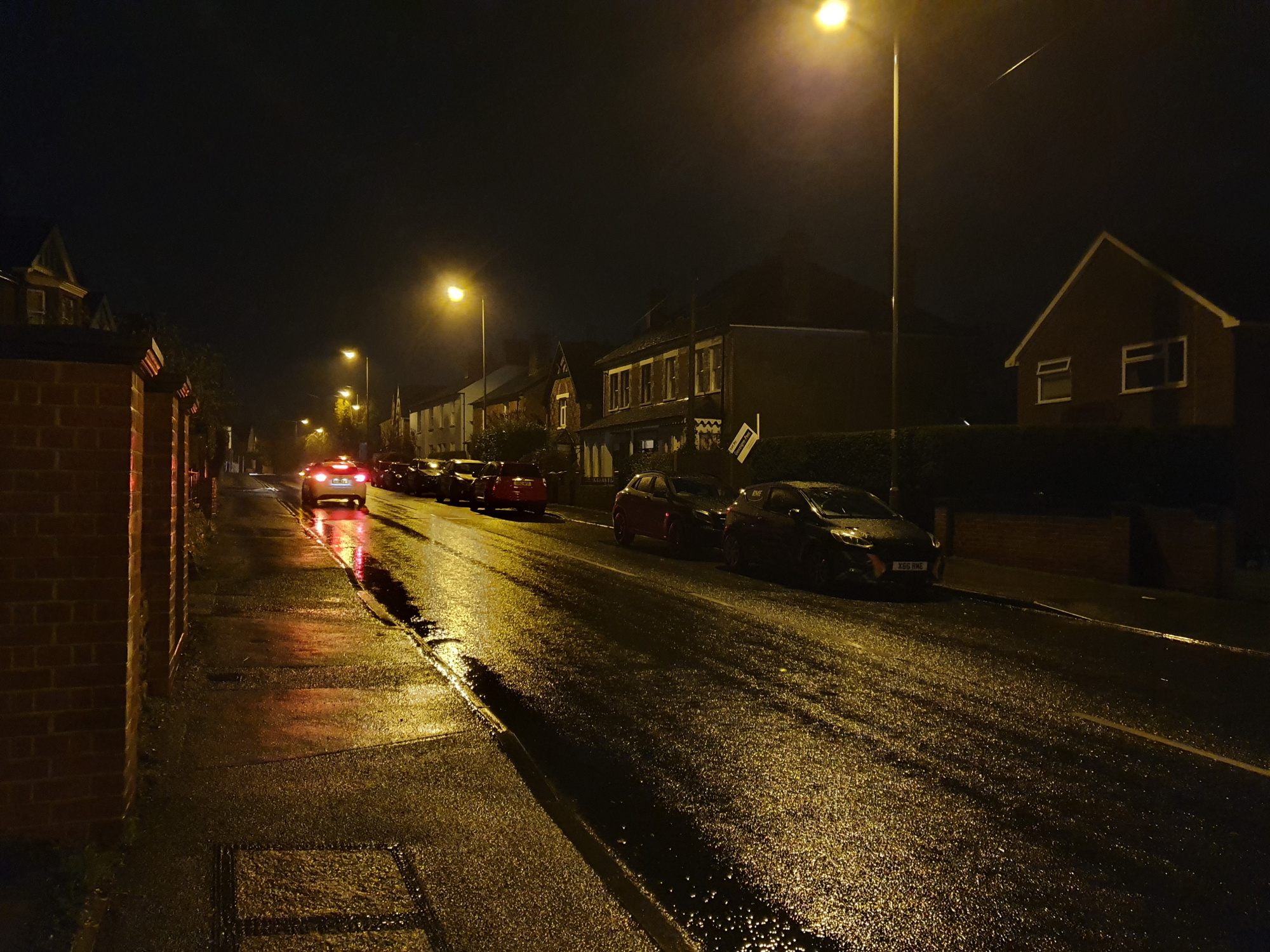I find it difficult having favourites. My favourite movie is, in fact, five movies. My favourite book is probably about ten. If I had to choose a favourite city, it would most likely be the one I’m in. And, likewise, my favourite artist is Caravaggio along with a whole bunch of others.
Liking Caravaggio as I do puts me solidly in the Renaissance loving camp. And it’s true. I do love most Renaissance art. I like the fact that it honours the classic but enhances it with more life and creates a new style by utilising the ancient.
All of that aside, I also love Expressionism. There’s an honesty in the way it brings the brutality of man’s inhumanity to the fore. For me, it paints vivid pictures of the horror that is war.
The reason I’m writing about art styles is because tonight I went and saw Wozzeck in a (not) live stream from the New York Met.

The Malting’s brochure advertised it as being a light opera by Puccini sung in Italian. I think the group of people sitting behind me may have suddenly realised it wasn’t after about ten minutes of heavy German singing. They all up sticks and left. Which decimated the already small audience somewhat.
Wozzeck is an operatic version of a drama called Woyzeck almost written by German playwright Georg Büchner. Georg died before he could complete it back in 1830. Alban Berg, an Austrian composer, started adapting the drama into an opera but was interrupted by the First World War.
He went off and fought. He survived and completed the opera. His experiences during the war affected his interpretation making it more poignant and tragic. Because of them, it is extremely powerful.
Most people agree that Wozzeck is actually avante garde in style, and that may be, however when the production is designed by the amazing William Kentridge, it becomes a massive Expressionist canvas full of life, death and dark motifs marching back and forth across the stage. It becomes mesmerising.
Alban Berg also composed Lulu, another streamed Met production I saw (in 2015) designed by Kentridge in an Expressionist style. I also saw an exhibition of Kentridge’s work at the Whitechapel Gallery back in 2017. I really like his work.
Anyway, I thoroughly enjoyed the opera although, be warned, there’s no pretty songs or tragic arias. It’s all a bit tonal as if the performers were just singing the words of a play. That sounds awful but it is far from that.
And speaking of the performers…Peter Mattei was an utterly convincing Wozzeck while Elza van den Heever as his ‘common law wife’, Marie was equally superb. The rest of the cast (there seemed to be thousands at the curtain call) were equally excellent. In fact, this opera is very much an ensemble piece with everyone playing some sort of essential part.
Two of the cast were called on to operate Marie’s son, who was a puppet. Their faces were devoid of emotion while they were playing the boy. It was a great lesson in not stealing focus. A lot of actors could learn from it.
The end of the opera is on the words ‘Hop, hop. Hop, hop.’ Children singing off-stage announce that Marie’s body has been found. Her son is playing but then, eventually, runs off to join them. This was particularly chilling.
Possibly as chilling as the weather outside. I’d walked through King Lear like storms to get to the Maltings, splashed by inconsiderate racing drivers and driving rain alike. I think it must have been the tail end of Storm Brendan.
Things had improved a bit by the time I headed for home though it didn’t stop me being somewhat wet.



